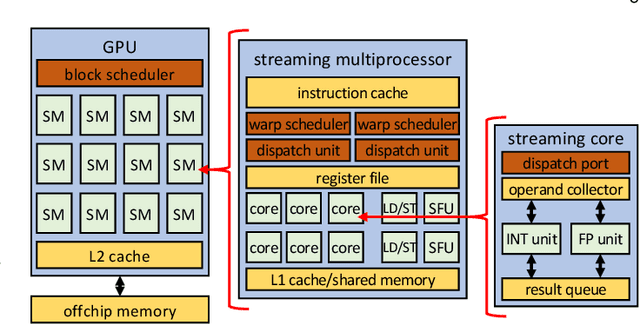Luca Cassano
Resilience of Deep Learning applications: a systematic survey of analysis and hardening techniques
Sep 27, 2023Abstract:Machine Learning (ML) is currently being exploited in numerous applications being one of the most effective Artificial Intelligence (AI) technologies, used in diverse fields, such as vision, autonomous systems, and alike. The trend motivated a significant amount of contributions to the analysis and design of ML applications against faults affecting the underlying hardware. The authors investigate the existing body of knowledge on Deep Learning (among ML techniques) resilience against hardware faults systematically through a thoughtful review in which the strengths and weaknesses of this literature stream are presented clearly and then future avenues of research are set out. The review is based on 163 scientific articles published between January 2019 and March 2023. The authors adopt a classifying framework to interpret and highlight research similarities and peculiarities, based on several parameters, starting from the main scope of the work, the adopted fault and error models, to their reproducibility. This framework allows for a comparison of the different solutions and the identification of possible synergies. Furthermore, suggestions concerning the future direction of research are proposed in the form of open challenges to be addressed.
Fast and Accurate Error Simulation for CNNs against Soft Errors
Jun 04, 2022



Abstract:The great quest for adopting AI-based computation for safety-/mission-critical applications motivates the interest towards methods for assessing the robustness of the application w.r.t. not only its training/tuning but also errors due to faults, in particular soft errors, affecting the underlying hardware. Two strategies exist: architecture-level fault injection and application-level functional error simulation. We present a framework for the reliability analysis of Convolutional Neural Networks (CNNs) via an error simulation engine that exploits a set of validated error models extracted from a detailed fault injection campaign. These error models are defined based on the corruption patterns of the output of the CNN operators induced by faults and bridge the gap between fault injection and error simulation, exploiting the advantages of both approaches. We compared our methodology against SASSIFI for the accuracy of functional error simulation w.r.t. fault injection, and against TensorFI in terms of speedup for the error simulation strategy. Experimental results show that our methodology achieves about 99\% accuracy of the fault effects w.r.t. SASSIFI, and a speedup ranging from 44x up to 63x w.r.t. TensorFI, that only implements a limited set of error models.
 Add to Chrome
Add to Chrome Add to Firefox
Add to Firefox Add to Edge
Add to Edge